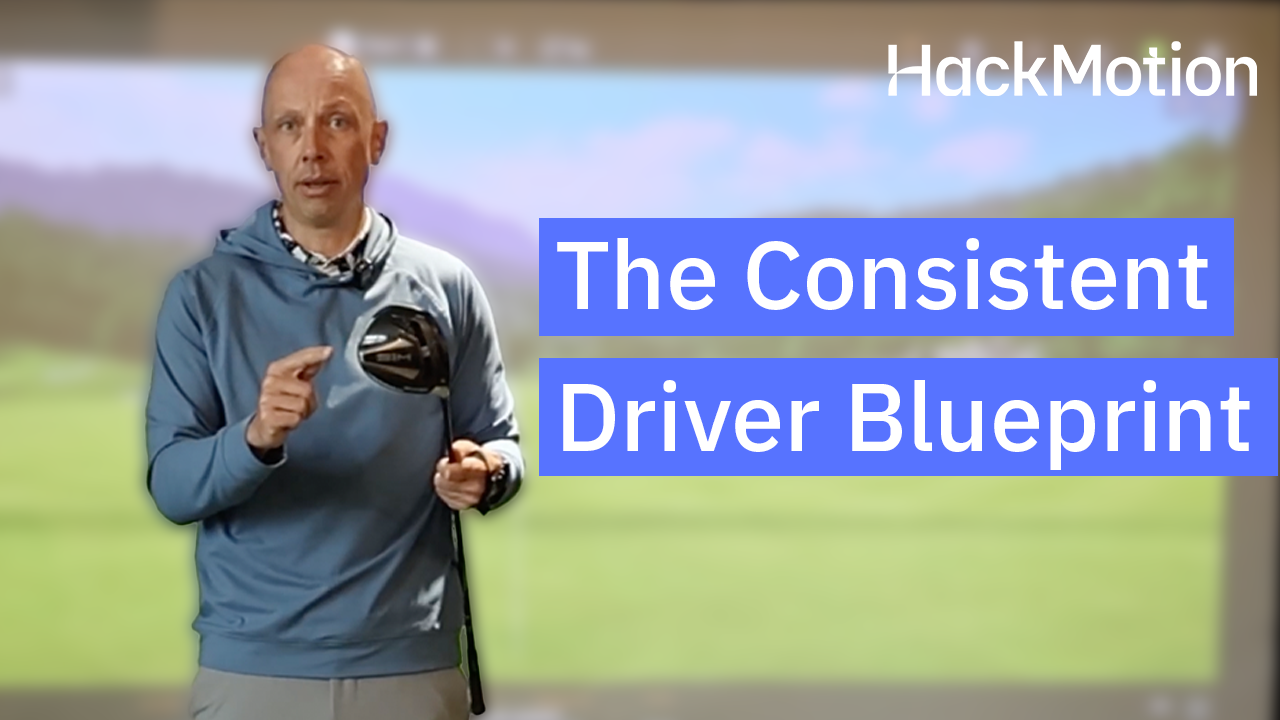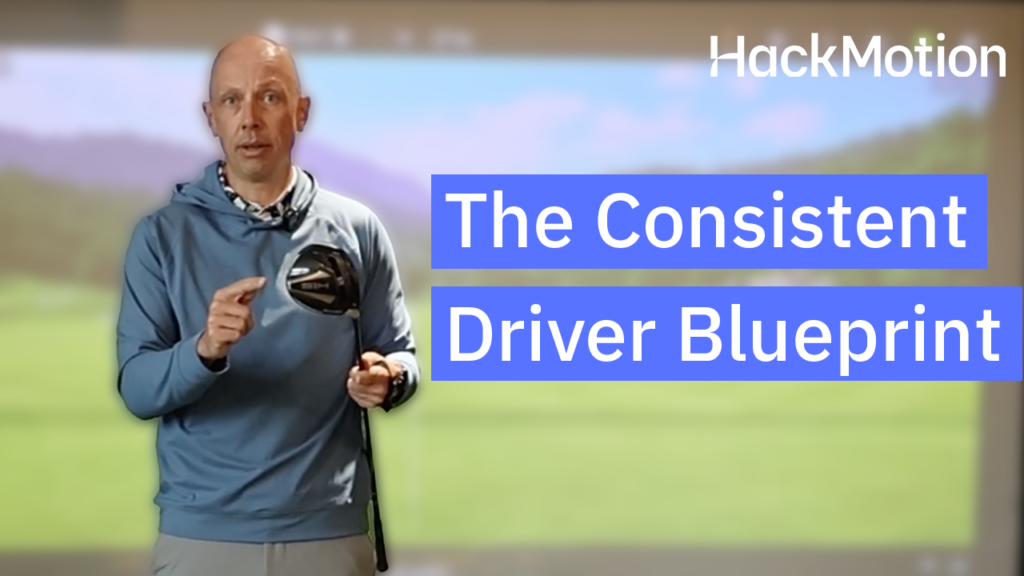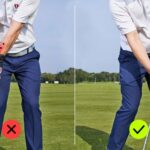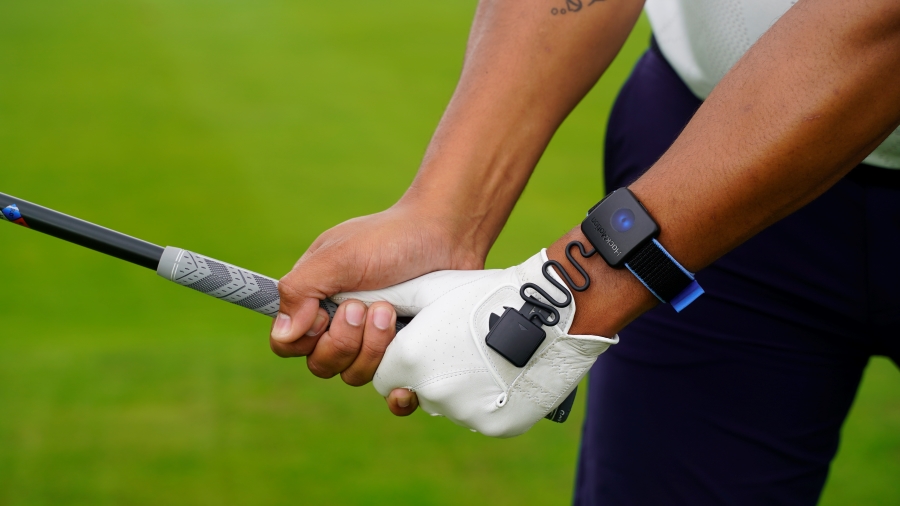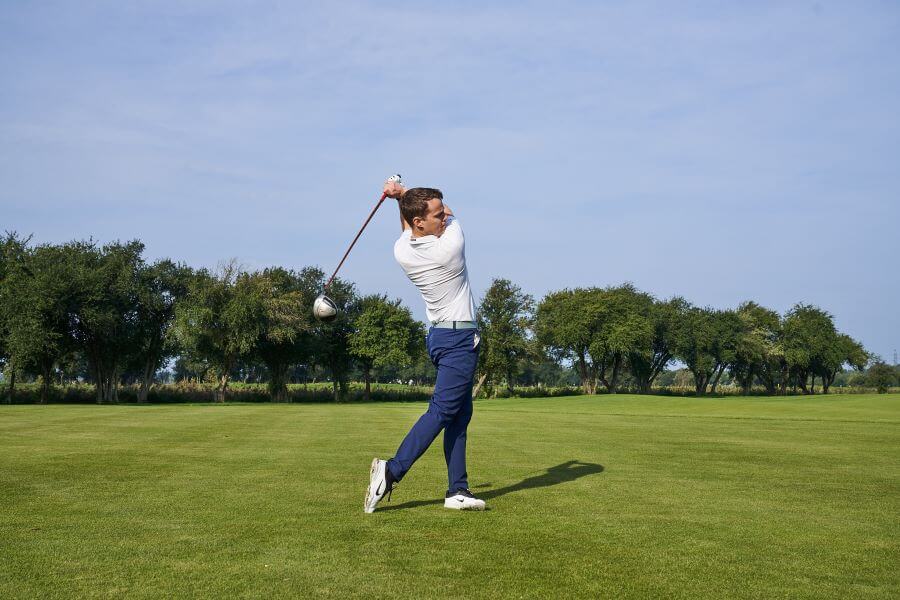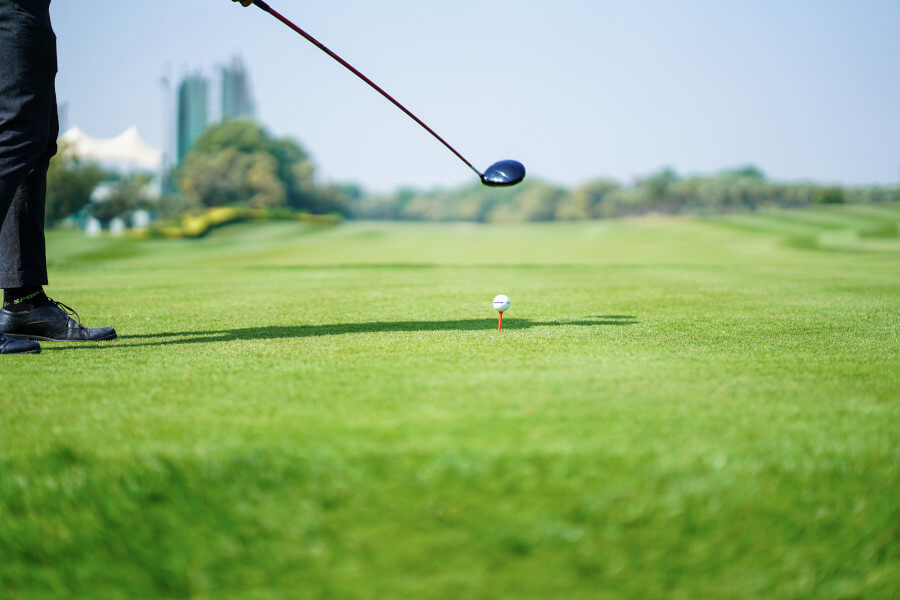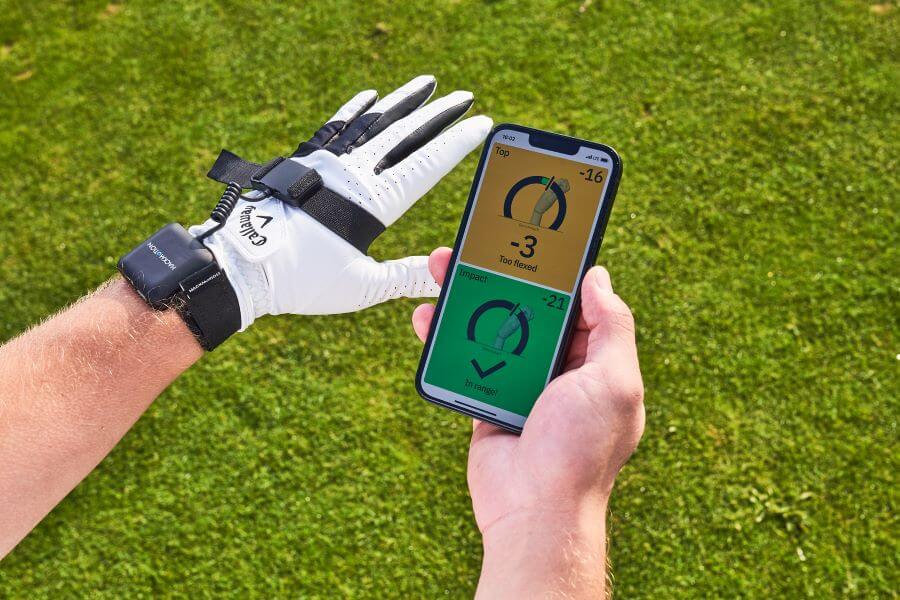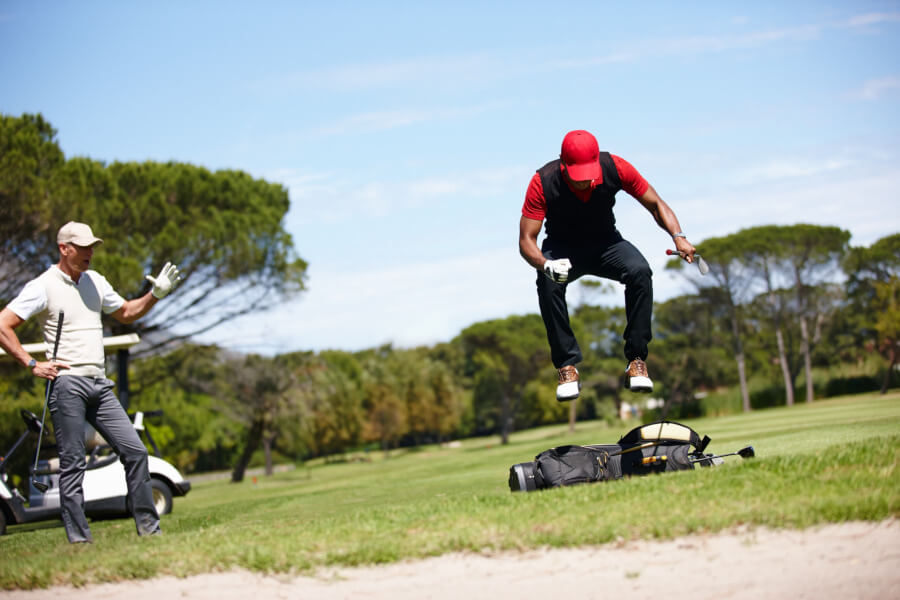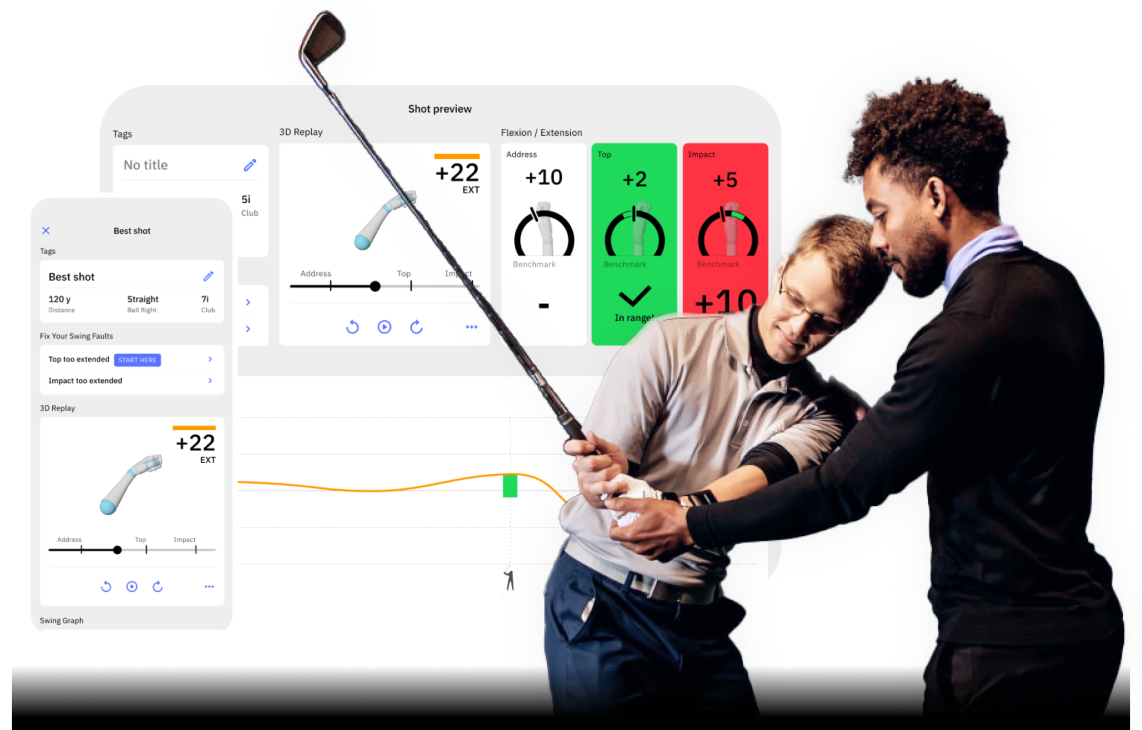Driver Distance Chart: Average Driver Distances by Handicap + Drills to Add More Yards
It’s not an official measurement of “how good you are,” but driver distance can feel like it at times.
Golfers who hit the ball further have an easier time scoring. Also, it’s fun to be able to generate a lot of distance from the driver.
Hitting the ball far isn’t just about swing speed. It’s about launch, spin, setup, and face control, especially how your wrists deliver the club at impact.
If your setup limits your turn or your clubface isn’t square at the right time, you’ll lose both distance and accuracy, no matter how fast you swing.
Below, you’ll find average driver distances by handicap for both male and female golfers, plus three drills to help you square the face, create more speed, and unlock effortless distance.
Average Driver Distances (Key Takeaways)
- Scratch players often drive the ball 25–30 yards farther than mid-handicappers.
- Proper setup (stance width, posture, and trail foot flare) allows a fuller turn and more potential power.
- The key to longer drives is face control and launch efficiency, not just swing speed.
- Too much lead wrist extension adds loft and leaves the face open.
- More lead wrist flexion helps square the face and lower spin.
- Use HackMotion to track and train wrist angles for a consistent, powerful impact.
Contents
Average Driver Distances by Handicap
Driver Distance Chart by Handicap – Male Golfers
Use this driver distance chart by handicap to see how your yardages compare to golfers at different skill levels.
| Handicap | Average Carry | Total Distance |
|---|---|---|
| Scratch–5 | 265–280 yds | 285–305 yds |
| 6–15 | 235–255 | 250–270 |
| 16–25 | 205–225 | 220–240 |
| 26+ | 175–200 | 190–215 |
Driver Distance Chart by Handicap – Female Golfers
Here’s the average driver distance chart by handicap for female golfers — find out how your numbers stack up and where to gain more yards.
| Handicap | Average Carry | Total Distance |
|---|---|---|
| Scratch–5 | 210–225 yds | 225–245 yds |
| 6–15 | 180–200 | 195–215 |
| 16–25 | 150–170 | 165–185 |
| 26+ | 120–145 | 135–160 |
Note: Two golfers with the same swing speed can see as much as 30 yards of difference depending on their launch, spin, and face angle at impact.
Why Golfers Lose Driver Distance
With the driver being the longest club, and most difficult to hit, numerous issues could be costing you distance.
Some include setting up incorrectly or not squaring the clubface, and you’ll also find things like an overactive upper body make it difficult to get clean contact.
For the majority of golfers, when drives come up short, it’s often due to poor face control or inefficient sequencing, not a lack of effort.
The most common issues we see in HackMotion wrist data include:
- Improper setup: limits the turn and reduces the potential hand path length.
- Lead wrist extension: opens the face and adds unwanted loft.
- Early release or casting: wastes stored energy before impact.
- Overactive upper body: leads to glancing contact.
- Off-center strikes: reduce ball speed and total distance.
- High-spin slices: rob you of roll and carry.
How to Add Distance With Your Driver
Adding distance starts with learning how to square the clubface at the right time and improve your sequence and setup.
These drills help you deliver the face efficiently, generate more ball speed, and transfer power through impact.
1. Square the Clubface Faster (Control Dynamic Loft)
Most golfers lose distance because the face stays open too long. The easiest way to square it sooner is by training the lead wrist, specifically maintaining flexion through impact.
While you don’t have to compress a golf ball with the driver in the same way you do with an iron, you’ll need a square clubface and the correct angle of attack to generate distance.
How to Fix It:
- Keep your lead wrist flexed (bowed) through impact, not cupped.
- Feel like your knuckles lead through the ball.
- Use HackMotion to measure lead wrist flexion; even a few degrees less extension can make the face square earlier.
HackMotion Motorcycle Drill – Step by Step
- Swing to the top of your backswing.
- Pause and feel like you’re revving a motorcycle with your lead hand. This squares the face earlier.
- Maintain that flexed position through impact.
- Focus on hitting drives that start straight or with a slight draw.
2. Improve Sequence and Lag
From the top of a driver swing, there is a sequence you should follow. If you’re sequence currently includes throwing your hands, arms, or shoulders at the ball, chances are you won’t be too successful.
Distance disappears when you cast the club from the top. To generate more speed, you must hold your wrist angles longer and let your lower body lead.
How to Fix It:
- Let the hips and legs start the downswing before the arms.
- Keep the trail wrist extended longer through transition.
- Release only as the club approaches impact.
HackMotion No Casting Drill – Step by Step
- Swing to the top and pause.
- Shift pressure into your lead side while maintaining wrist hinge.
- Hold that angle until your hands reach your trail thigh.
- Let the club release naturally through impact.
- Use HackMotion to verify your lead wrist remains flexed longer (green zone).
3. Create More Potential Power (Trail-Foot-Back “Bowler” Drill)
This drill, inspired by Scottie Scheffler, adds turn, lengthens your hand path, and improves how efficiently you transfer energy into the ball.
If you are struggling with getting distance, this is a great place to start because it addresses everything, including your setup.
How to Fix It:
- Pull your trail foot back a few inches to pre-set the hips slightly closed.
- Flare it slightly to open the hip and deepen your turn.
- Keep the trail foot back through the downswing to delay hip rotation.
Trail-Foot-Back “Bowler” Power Drill – Step by Step
- Take your setup and pull your trail foot (right foot for right-handers) a few inches behind your lead foot line.
- Make your biggest, most comfortable turn, letting your hands travel around your body.
- Keep the trail foot back as you start down. This helps keep the hips closed longer.
- Imagine rolling a bowling ball down the lane, your lower body slows while the club “throws” energy into the ball.
- Finish with your weight forward and chest up.
4. Release the Club for More Speed (Feet-Together “Forearms Kiss” Drill)
If your face stays open through impact or you feel like you’re steering your drives, you’re leaving distance behind.
Letting the forearms and wrists release naturally through impact helps square the face, lower spin, and generate effortless clubhead speed.
How to Fix It:
- Keep your grip pressure soft and your arms relaxed.
- Allow the forearms to rotate post-impact so they “kiss” or cross naturally.
- Maintain lead wrist flexion until impact, then let it release naturally after.
- Use HackMotion to track your lead wrist flexion trend it should stay flexed into impact, then extend through the release.
Feet-Together “Forearms Kiss” Release Drill – Step by Step
- Tee a ball as normal and set up with your feet together.
- Make a short, controlled backswing while keeping your wrists relaxed.
- Swing through and let your forearms rotate so they touch or “kiss” after impact.
- Focus on hearing the “whoosh” at the bottom that’s your speed zone.
- Stay balanced and finish tall with your chest facing the target.
Final Thoughts
Longer drives come from efficiency, not extra effort. The combination of a good setup, proper sequence, and controlled wrist angles lets you square the face faster and deliver maximum speed into the ball.
HackMotion helps you see what the best drivers in the world are doing and how they maintain wrist flexion, control loft, and sequence their bodies through the downswing.
Once you can measure and train those same moves, gaining 10–20 yards off the tee becomes realistic and repeatable.
